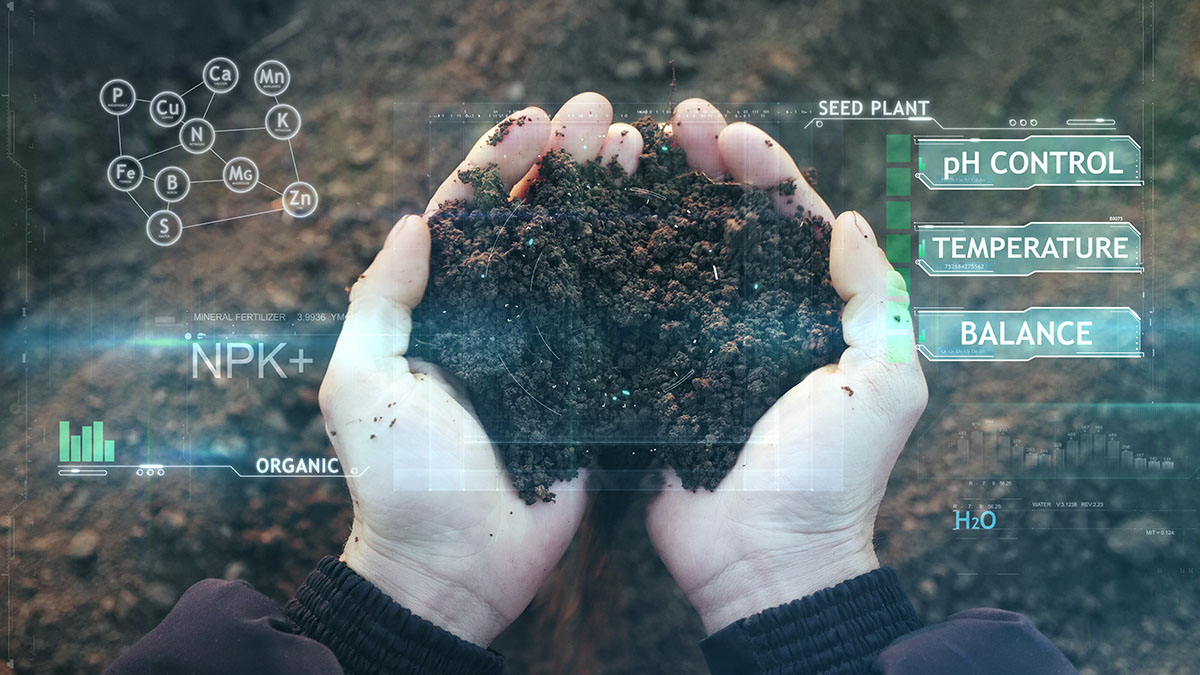 The agriculture industry has an increasing number of challenges to overcome if it will continue to feed the growing world population. Bigger farms don’t seem to be the answer as they put further strain on our natural resources. And labor shortages are pushing growers to invest in technology rather than man-hours. Many are now using optical sensors to ensure proper soil management and increase farm efficiency.
The agriculture industry has an increasing number of challenges to overcome if it will continue to feed the growing world population. Bigger farms don’t seem to be the answer as they put further strain on our natural resources. And labor shortages are pushing growers to invest in technology rather than man-hours. Many are now using optical sensors to ensure proper soil management and increase farm efficiency.
Optical Sensors Boost the Efficiency of Inspecting Farm Soil
When the first settlers arrived at the Americas from Europe, they were amazed at the rich, fertile soil. Throughout much of the world, colonization wasn’t only driven by the need to explore but to find natural resources to help sustain growing populations. In today’s agriculture industry, soil management is going to be a primary way to expand crop yield.
Crop monitoring systems include a number of inputs to help modern farmers. Growth sensors keep track of individual plants. Soil moisture senses ensure that water is used properly. And microclimate tracking systems can tell growers how to boost yield in different areas of their fields that are sometimes over 100,000 acres in size. Farmers can receive a full report on a tablet without having workers drive or walk through countless rows of crops.
Optical sensors placed throughout the farms can measure and record data about crops and soil in real-time. An optical sensor is just one part of a machine vision system. Machine vision helps computers “see” their environment. Once the light reflects off of growing plants it is captured by an optical sensor, a computer system programmed with complex algorithms, processes the image and determines if the plant is weak or unhealthy in some other way.
In addition to tracking plant growth and health, a visual inspection of the soil can tell a lot. The near-infrared, mid-infrared, and polarized light spectrums can determine the composition of the soil, including how much clay, organic matter, and moisture is contained. When the makeup of the soil isn’t ideal for the crop, the system can alert the grower and even recommend what to do to resolve the issue.
The Future of Optical Sensors and Soil Management
The use of optical sensors to perform soil management is well underway, but the technology has a lot of development ahead of it if it’s going to be the answer to food shortages. More accurate soil property maps will be needed to implement specific management decisions for farmers throughout the world. Traditional soil sampling is expensive so the dataset for machine vision systems is limited until investments in sampling are made.
If the hurdles of research and sample data are overcome, the rewards will be tremendous. On-the-go soil sensors could be developed for real-time data collection and mapping. Trends in soil properties could help growers make adjustments to fertilizers and crop rotations and ensure higher yields. Optical sensors could help save on nitrogen and make farming more profitable with a lower risk of contamination of natural water bodies by nitrate, a win-win for humans and the planet.
Is vision the right solution for boosting the efficiency of your farm or vineyard? Then contact the vision experts at Phase 1 Technology Corp. and request information about IR, NIR, and Polarized cameras or sensors that fit your agricultural application.
